The Pundamilia nyererei, commonly known as the Nyererei Cichlid, is a stunning and vibrant cichlid species native to Lake Victoria in East Africa. Its bold coloration and intriguing behavior make it a favorite among aquarium enthusiasts, especially those interested in African cichlids.
Quick Facts
- Common Name: Nyererei Cichlid
- Scientific Name: Pundamilia nyererei
- Natural Range: Lake Victoria, East Africa
- Size: Males up to 4 inches (10 cm); females slightly smaller
- Temperament: Semi-aggressive, territorial during breeding
- Minimum Tank Size: 40 gallons (151 liters)
Appearance
- Males:
- Bright and vibrant base colors in shades of red, orange, or yellow.
- Iridescent blue or purple highlights across the body and scales.
- Fins often feature striking patterns, enhancing their visual appeal.
- Females:
- Subtle coloration in shades of brown or gray, with minimal patterns.
- Serve as a contrast to the flamboyant males.
This striking dimorphism makes them a captivating presence in any aquarium.
Behavior and Compatibility
- General Behavior:
- Generally peaceful but can display territorial aggression, especially males during spawning.
- Require visual barriers and hiding spots to minimize aggression and establish territories.
- Compatibility:
- Suitable tankmates include other similarly sized, peaceful African cichlids or community fish that can tolerate similar water conditions.
- Avoid housing them with overly aggressive species or those small enough to be seen as prey.
Tank Setup
- Tank Size: A minimum of 40 gallons for a small group, with larger tanks recommended for community setups.
- Substrate: Fine sand to mimic their natural habitat and encourage digging behavior.
- Décor:
- Rocks, caves, and driftwood to provide hiding spots and breeding territories.
- Plants such as Vallisneria or Anubias can be added, though they may nibble on softer vegetation.
- Water Parameters:
- Temperature: 75°F–82°F (24°C–28°C)
- pH: 7.8–8.6
- Water Hardness: Medium to hard
- Maintain stable water conditions with regular water changes and efficient filtration.
Diet and Feeding
- Diet in Nature: Primarily herbivorous, feeding on algae and plant material.
- Captive Diet:
- High-quality cichlid pellets or flakes with vegetable content.
- Supplement with fresh or blanched vegetables (e.g., spirulina flakes, lettuce, peas).
- Occasional treats of live or frozen foods like Artemia (brine shrimp) or daphnia for variety.
- Feeding Frequency: Offer small portions 2–3 times daily to support health and enhance coloration.
Breeding
- Reproductive Behavior: Maternal mouthbrooders.
- Breeding Setup:
- Provide flat rocks or caves as spawning sites.
- Maintain a ratio of one male to several females to distribute breeding attention and reduce stress.
- Spawning Process:
- Females lay eggs, scoop them into their mouths, and are fertilized by the male.
- Females incubate eggs in their mouths for 2–4 weeks, depending on conditions.
- Fry are released as free swimmers and can be left in the tank with adequate hiding spots or moved to a separate grow-out tank.
- Fry Care:
- Feed newly hatched fry with finely crushed flake food or Artemia nauplii.
Special Considerations
- Aggression Management: Males can become territorial, particularly during breeding, so provide adequate space and hiding spots.
- Preserving Water Quality: Sensitive to poor water conditions, requiring consistent maintenance and regular water changes.
- Preventing Hybridization: Avoid mixing with other closely related Pundamilia species to maintain genetic purity.
Conclusion
The Pundamilia nyererei is a visually stunning cichlid that offers a balance of beauty, fascinating behavior, and manageable care requirements. With its vibrant colors and social dynamics, it can become the centerpiece of any African cichlid aquarium. By creating a well-maintained, thoughtfully designed environment and meeting its dietary and social needs, aquarists can enjoy the captivating allure of this exceptional species.


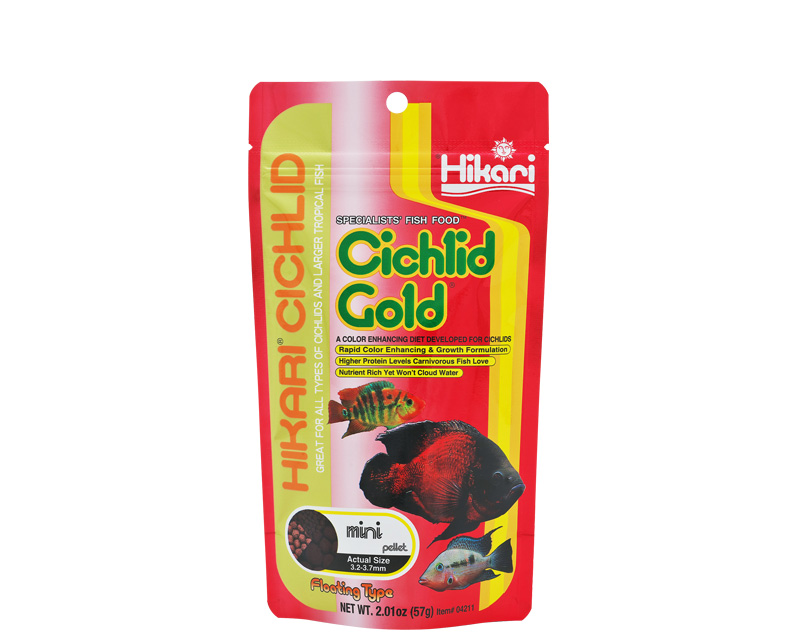
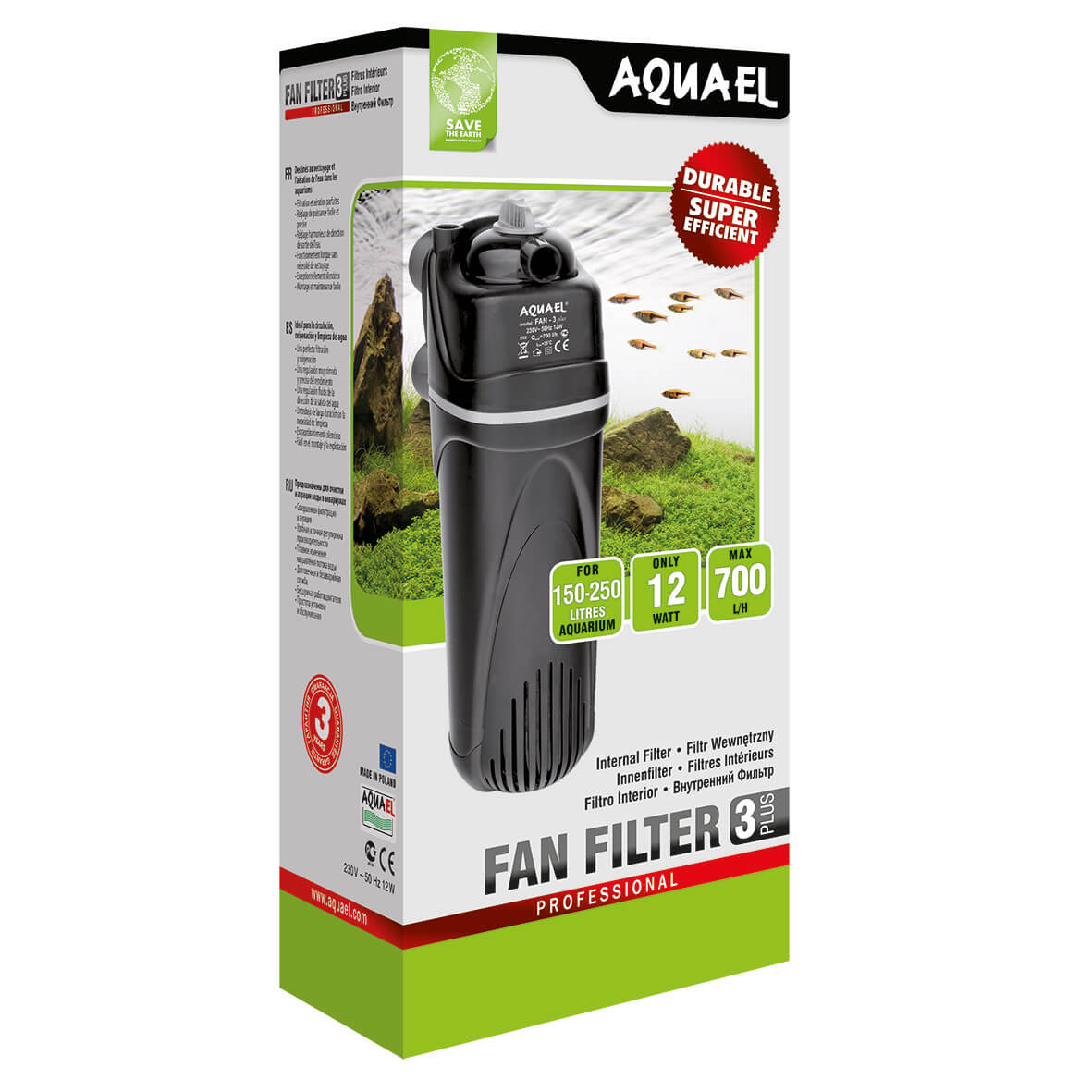

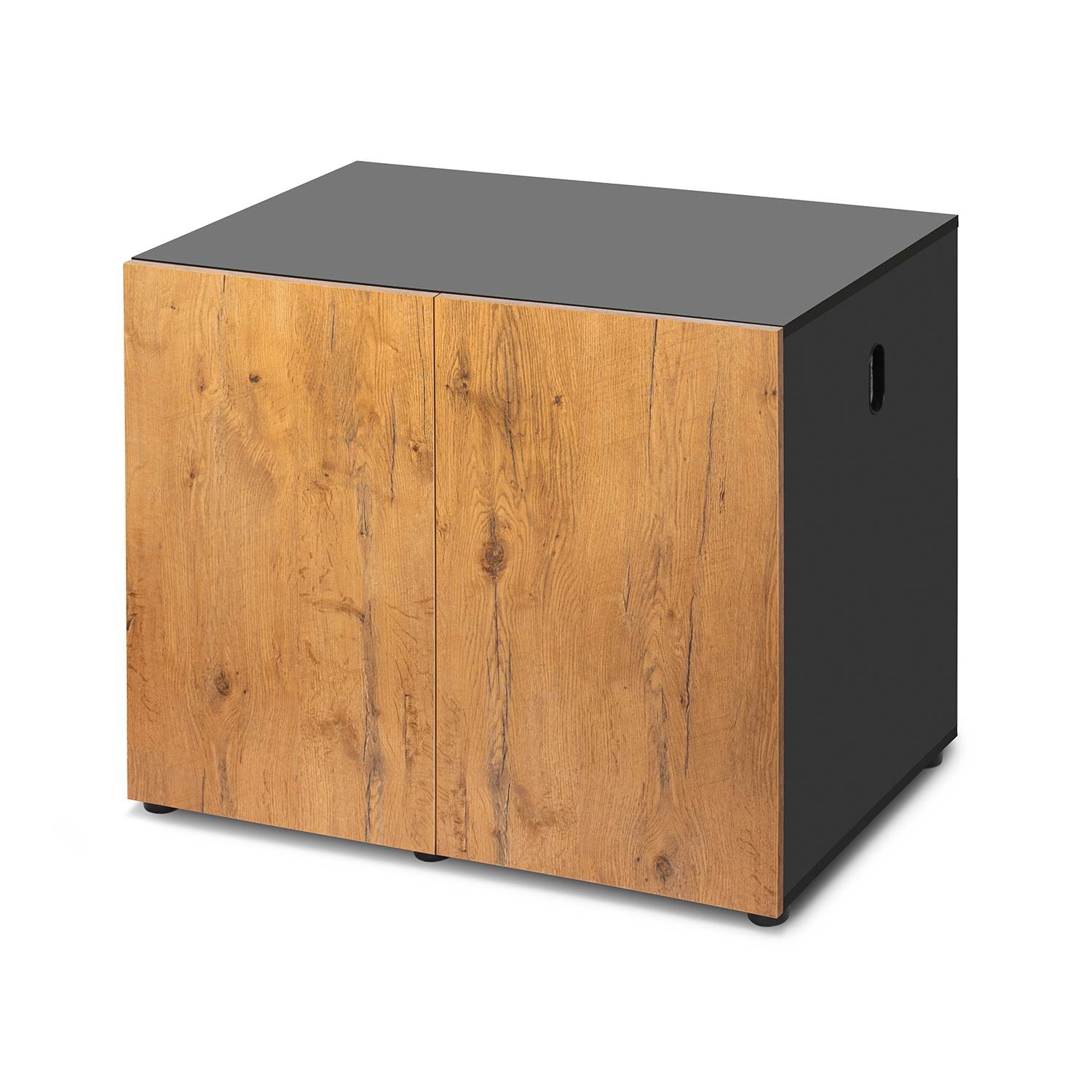

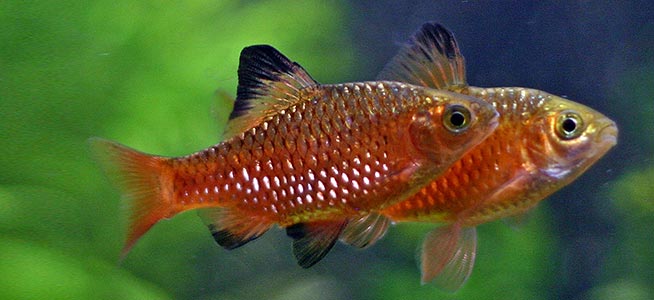
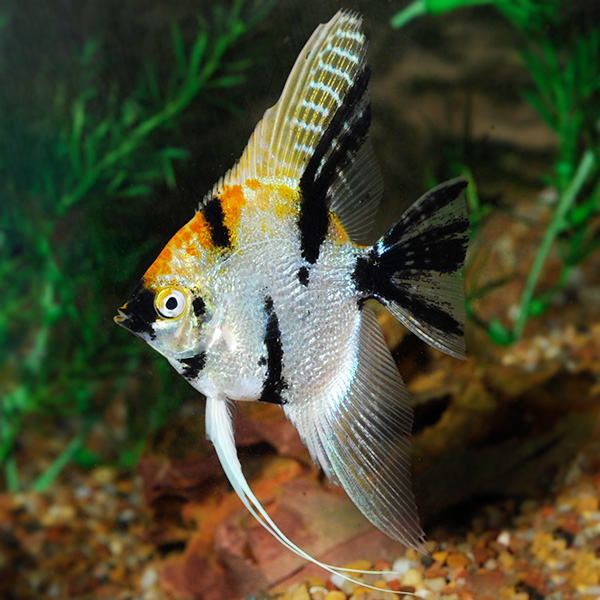
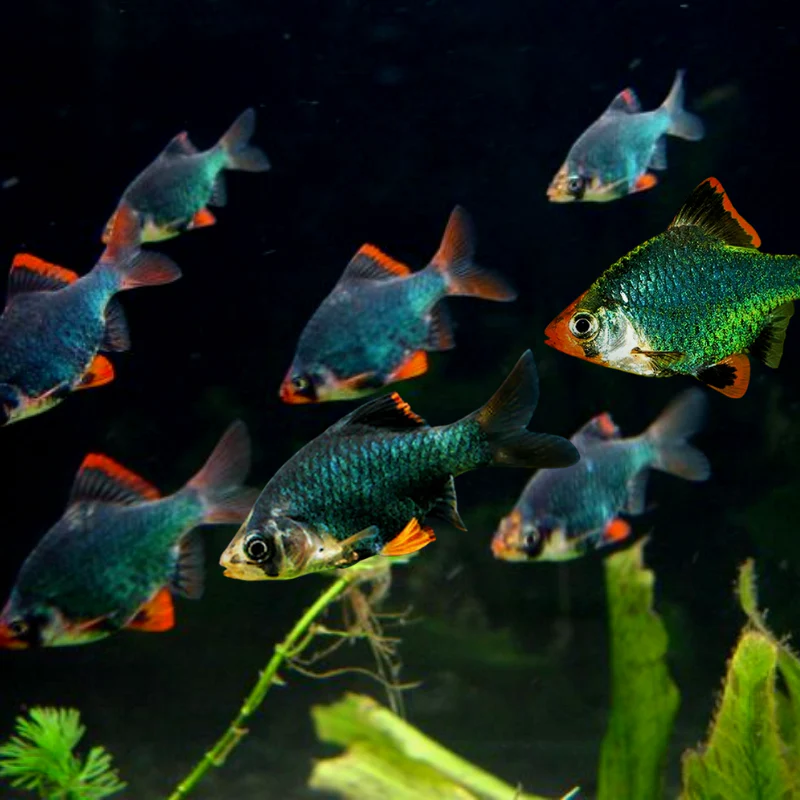
Reviews
There are no reviews yet.